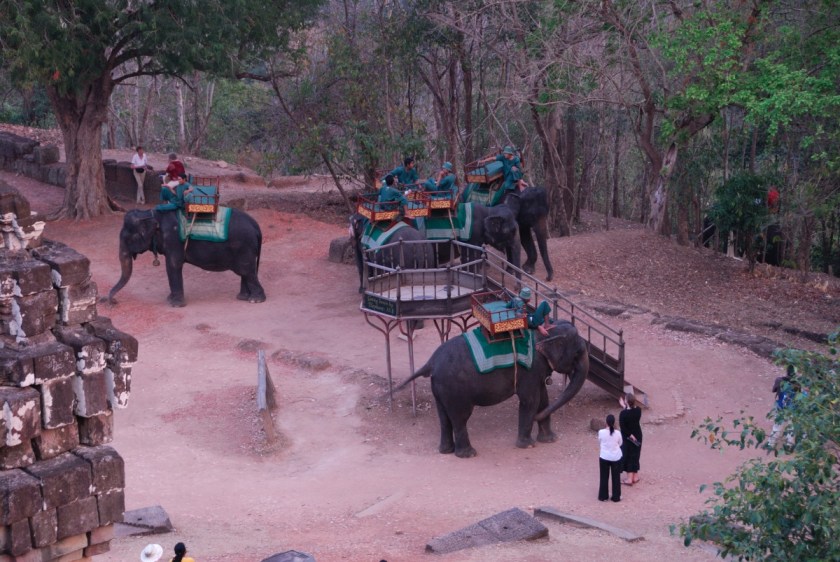When I was in high school, I went twice a week to wash the dishes and vacuum the house of a man who lived a few blocks away from us.
His name was Bond. George Bond. He was a divorced, silver-haired lawyer who lived alone in a beautiful house with a big yard and a player piano.
My parents grew a ridiculously huge garden. Often I’d make up a bouquet of fresh flowers from my mother’s rows of zinnias, daisies, black-eyed susans, cosmos, snapdragon, calendula, nasturtiums, gladiolas, sunflowers and bachelor button. I knew where the vases were in Mr. Bond’s kitchen cabinet, and would place those fresh flowers on a table in his living room.
Throughout the summer and fall I brought him bags of fresh vegetables. I’d put the produce in the refrigerator, and I always left a note for him on the kitchen counter.
He left me notes as well, thank you messages for what I brought (I remember a dry note about how the onions were a bit strong). I doubt he cooked much, but he was always gracious.
Sometimes Mr. Bond arrived home while I was still cleaning. We’d sit and talk. I was sixteen, and he’d ask me about the classes I was taking, my interests, etc. I was mortified whenever our golden retriever Sam followed me over to his house, but Mr. Bond just laughed. He enjoyed my wonder the day he showed me how the player piano worked.
Mr. Bond was a nice, nice man.
A day came when he left me a note that he was going in the hospital for a heart operation, so I needn’t come the following week. But he didn’t survive the surgery, and suddenly I found myself at his funeral. The passing of Mr. Bond was my first experience of the reality of death, and it’s finality.
Hundreds of people attended the funeral service. George Bond was a widely known attorney and community leader, busy with civic and business activities. The church pews were completely full. I had known him only as a kind employer and an adult I liked to talk with.
A few weeks later my mom called me to the phone. A woman introducing herself as his daughter was on the line. She and Mr. Bond’s last wife were in town to close up his house. His ex was minor royalty and had flown in from Paris. Baroness U. von O. of Copenhagen, Denmark wanted to meet me. Why would a baroness possibly want to talk with me? The next day I found out.
Part Two to follow.
© Jadi Campbell 2019. To see Uwe’s photos and pics from our trips go to viewpics.de.
Click here for my author page to learn more about me and purchase my books.






 Jerry Ang, the soft-spoken shop owner, kindly answered all my questions. He told me these were Dayak shaman medicine containers. The figures are hand carved from polished buffalo or cow bone. A shaman had hand-etched the jar with scrimshaw patterns. Dayak shamans used the containers to store herbs, magic powders and betal lime to make medical potions. Some still contained resins – Jerry and I opened each jar and sniffed.
Jerry Ang, the soft-spoken shop owner, kindly answered all my questions. He told me these were Dayak shaman medicine containers. The figures are hand carved from polished buffalo or cow bone. A shaman had hand-etched the jar with scrimshaw patterns. Dayak shamans used the containers to store herbs, magic powders and betal lime to make medical potions. Some still contained resins – Jerry and I opened each jar and sniffed.
 NOTES: [1] Balian is the term used for traditional healers on Bali, too. Healing arts are passed down through generations. Twenty years ago I did a massage exchange with the son of a balian there; he had been taught by his father. To learn more about the Dayak shamans go to
NOTES: [1] Balian is the term used for traditional healers on Bali, too. Healing arts are passed down through generations. Twenty years ago I did a massage exchange with the son of a balian there; he had been taught by his father. To learn more about the Dayak shamans go to 









 We heard it before we saw it. Drums, lots of drums…
We heard it before we saw it. Drums, lots of drums…

 What tickles me most about the walls is that once you’re on them, you could be on a wide boulevard anywhere in the world. Except that this is China, and this isn’t a boulevard…. It’s a wide street located on top of Xi’an’s city walls. Travel doesn’t get any better than this.
What tickles me most about the walls is that once you’re on them, you could be on a wide boulevard anywhere in the world. Except that this is China, and this isn’t a boulevard…. It’s a wide street located on top of Xi’an’s city walls. Travel doesn’t get any better than this.










